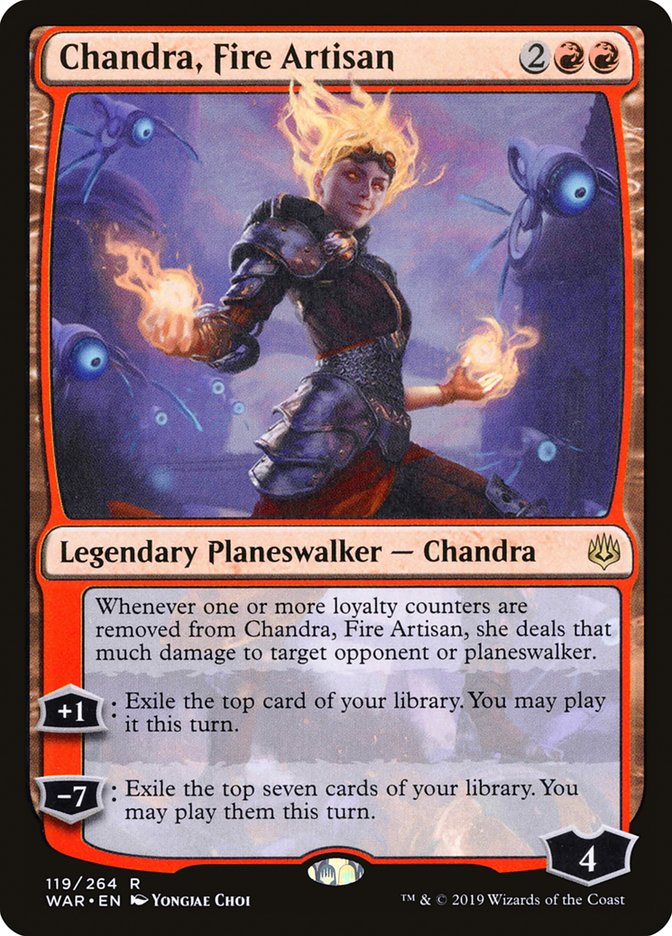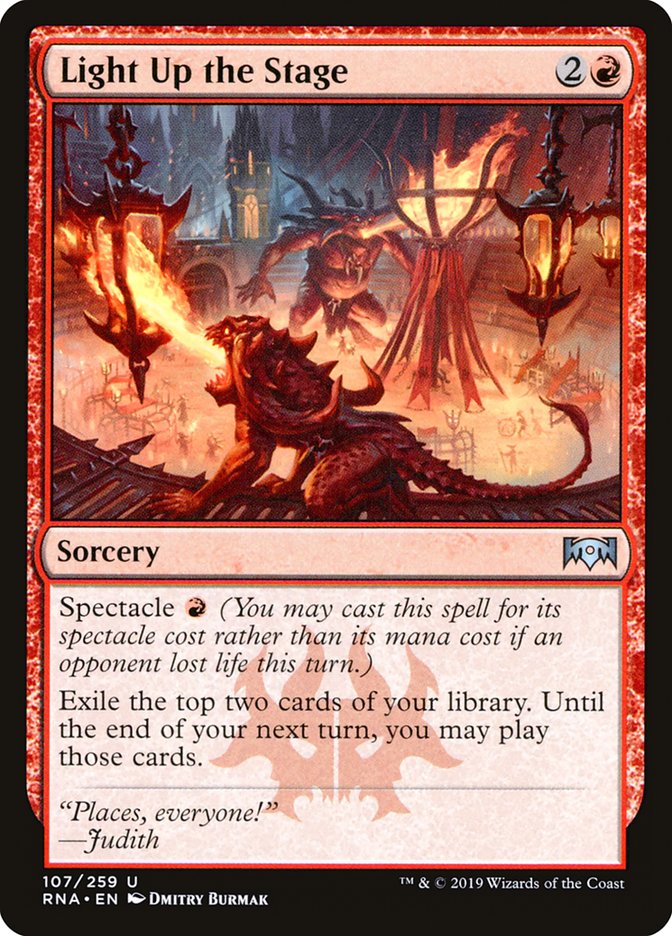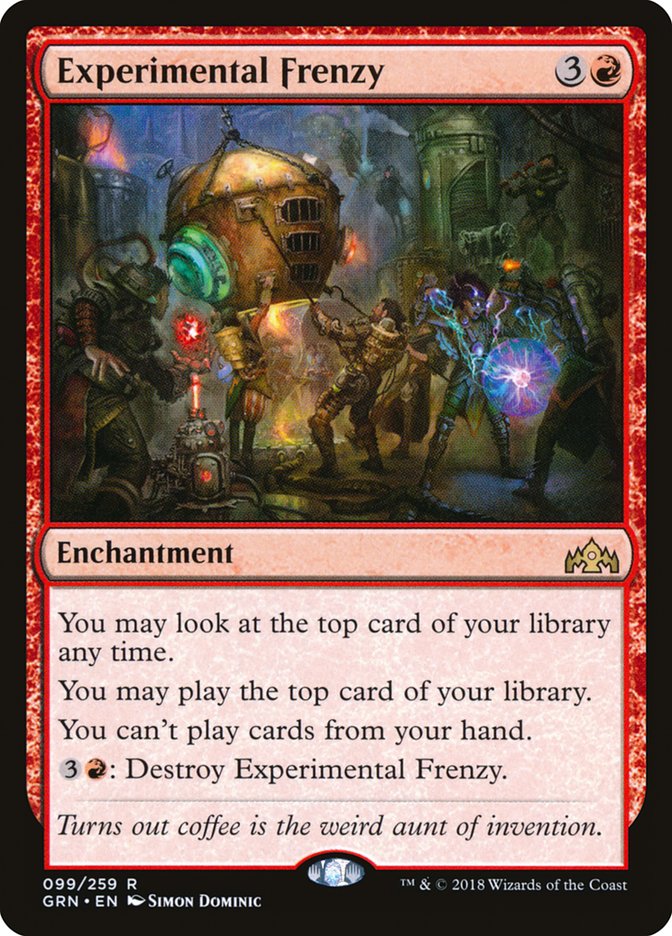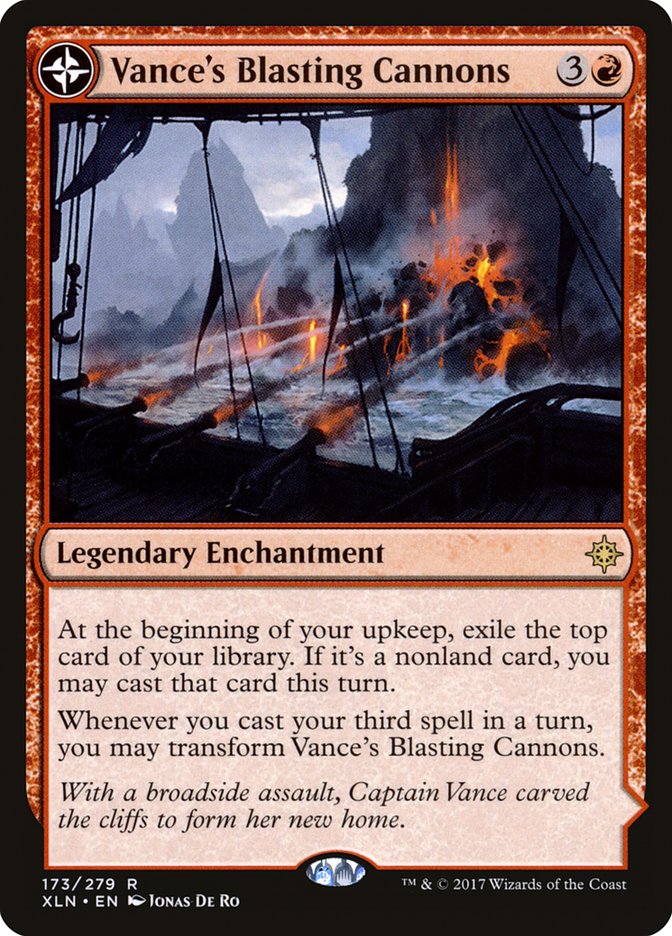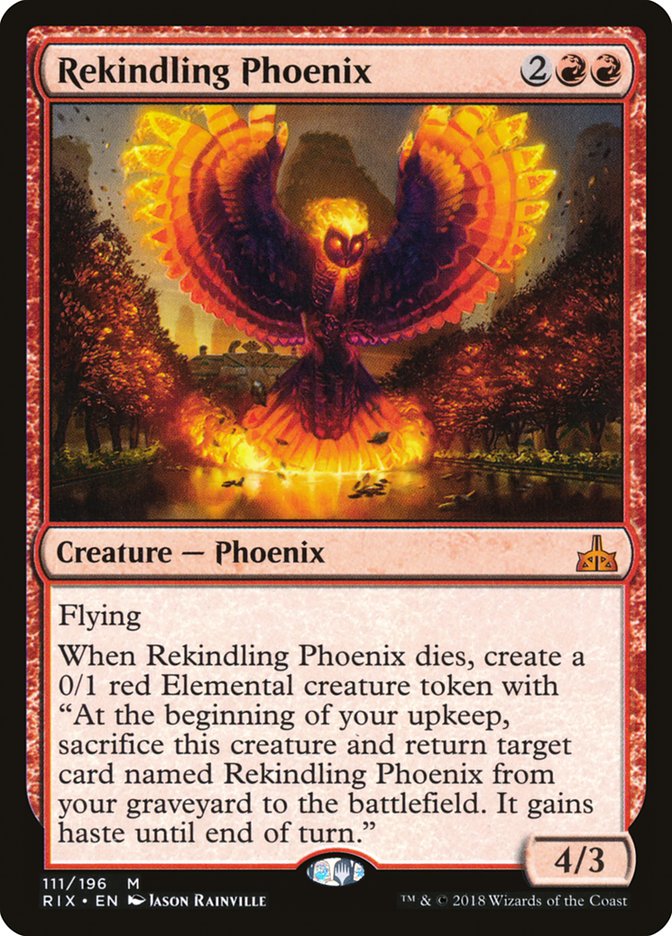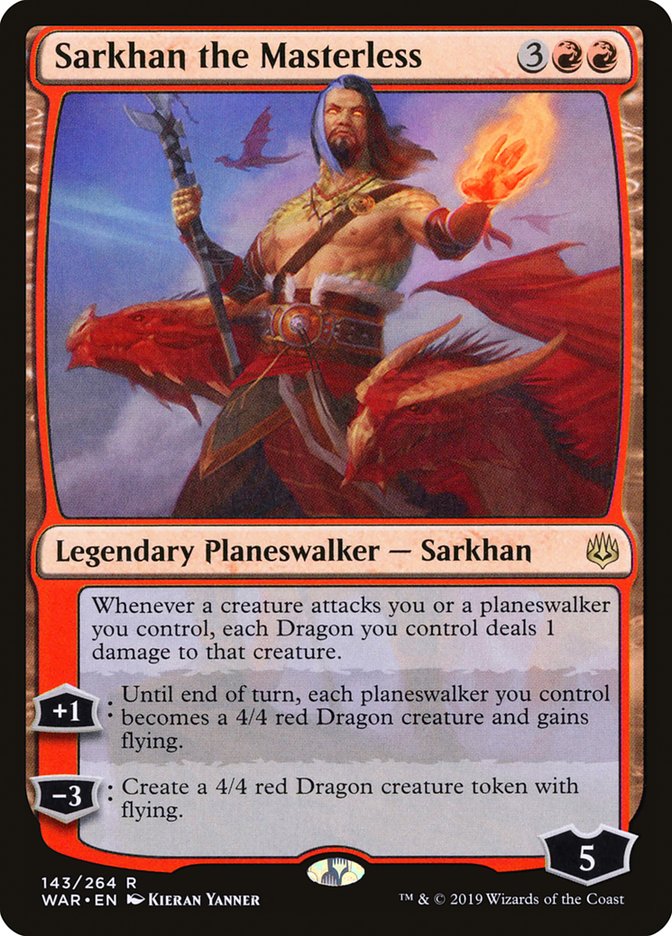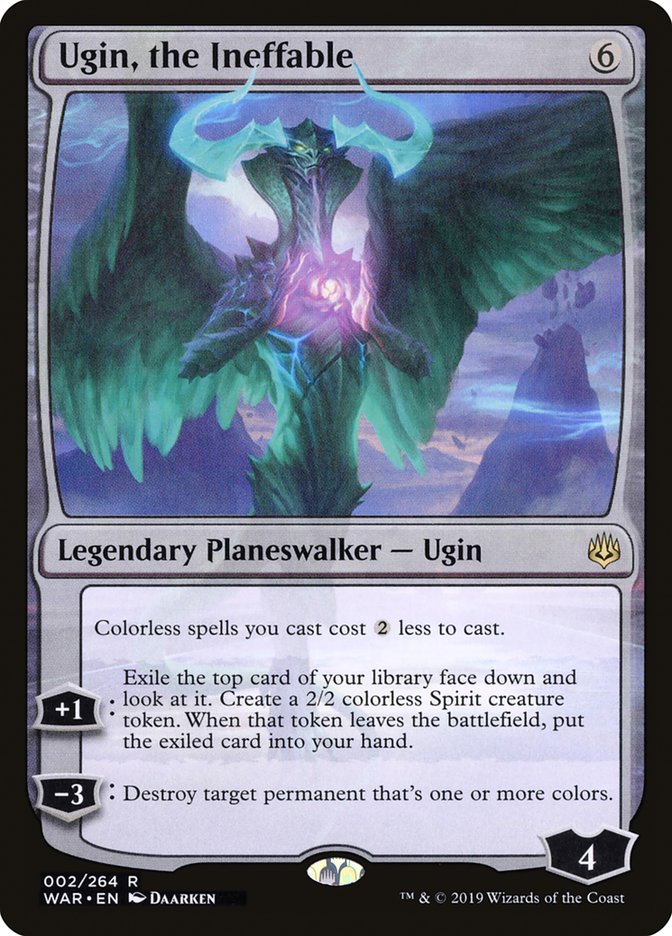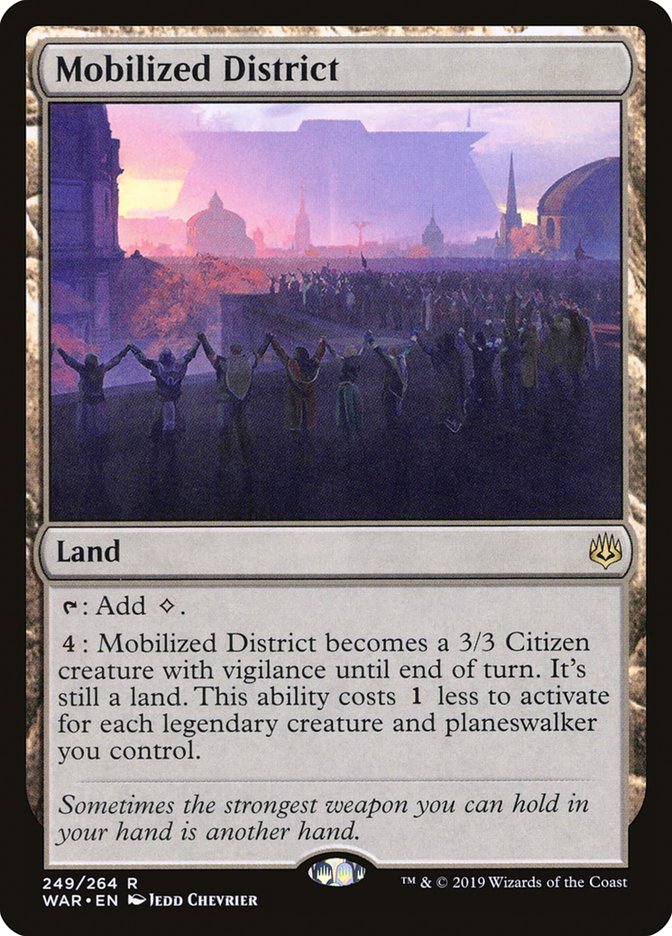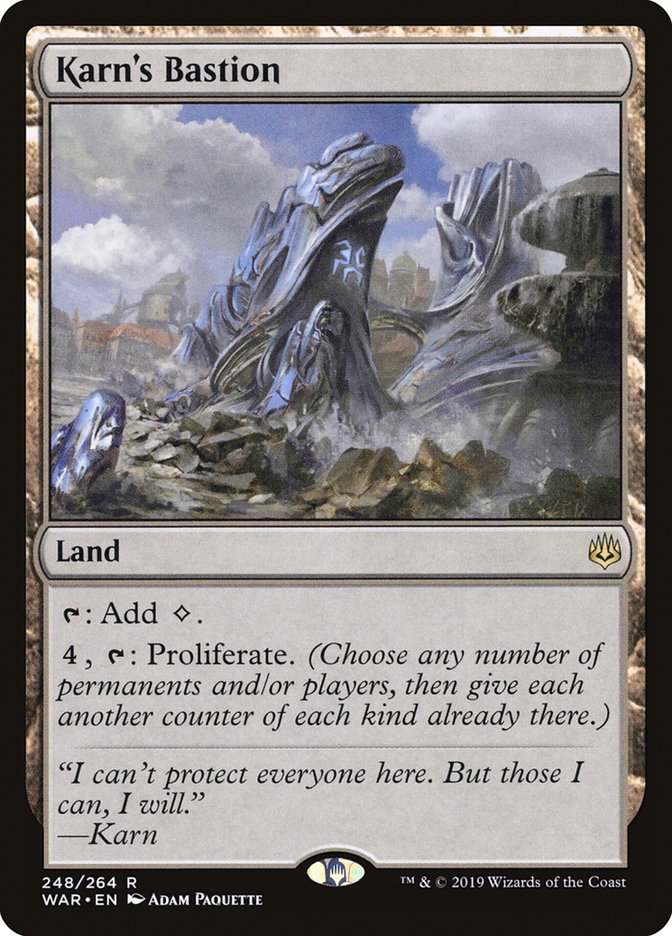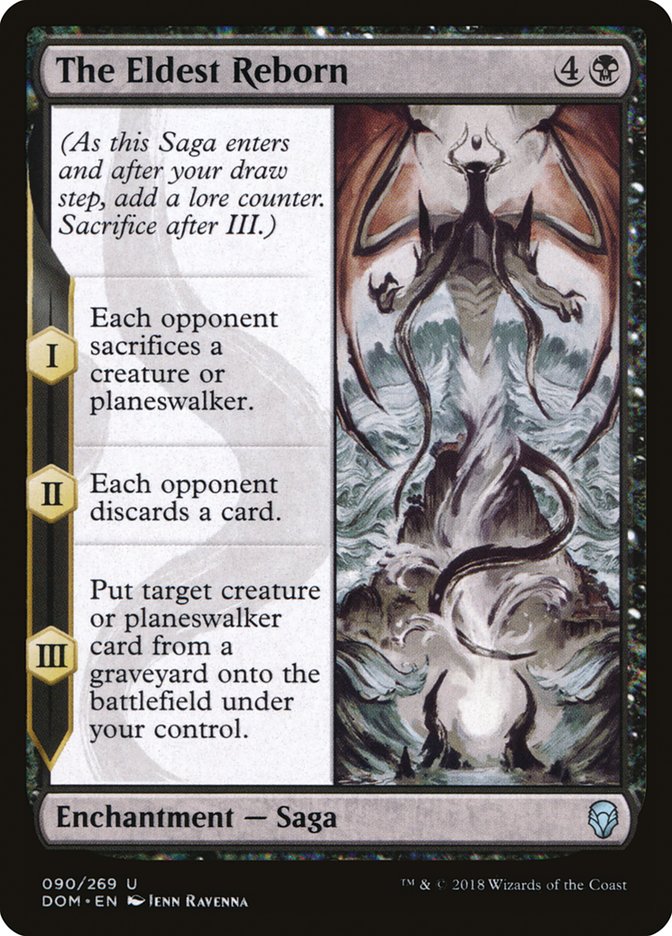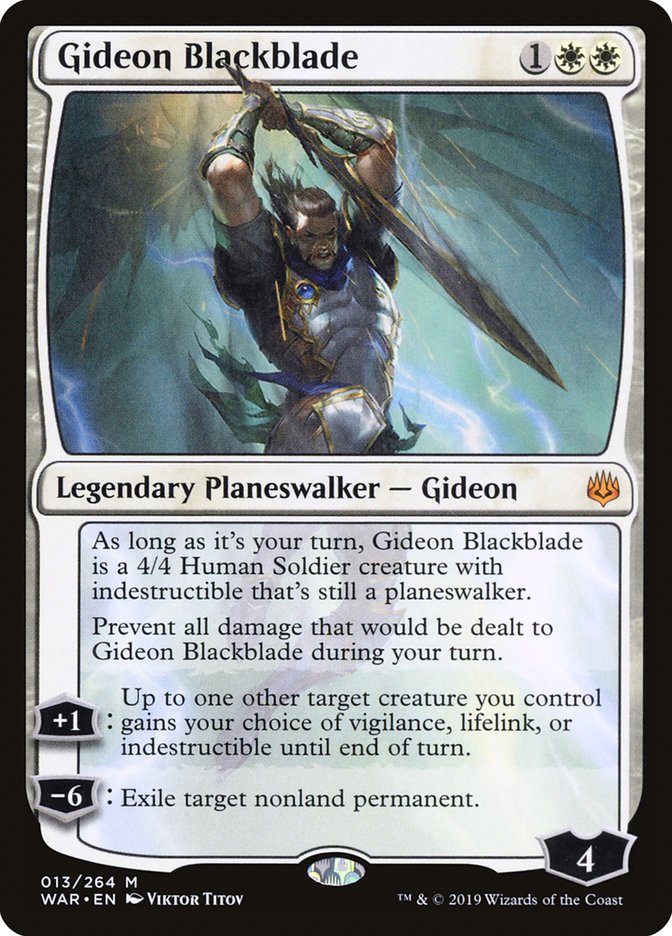Time surely flies during preview season. One day you’re sitting around speculating about what the cards will be like, and then before you know it you have every card in the set laid out in front of you. It’s at this very time that the hype dies down and the real work begins. Less and less do we appreciate awesome flashy cards like Niv-Mizzet Reborn, and more and more our brews are looking for their backbones.
On Monday, Patrick Chapin broke down how Gideon Blackblade can be the backbone in some of his ideas for War of the Spark Standard, but today I want to talk about a member of the Gatewatch that has somehow flown under the radar thus far.
Chandra, Fire Artisan might be one of the most underrated cards in War of the Spark. It feels almost criminal that nobody is talking about her, but at the same time, we’re living in a golden age of red card advantage, so it makes sense how we find ourselves missing out on such a gem.
Before I get into some of the ideas I’ve been working with to make the most of Chandra, I want to take a second to address the elephant in the room.
When you look at these two Standard Mono-Red powerhouses and size them up next to Chandra, you might think I’m a little bit crazy for suggesting she’s way up here in the conversation, but my love of Chandra stems from an ugly truth about these cards. That truth is that Lava Spikes aren’t the only red cards in Standard that matter.
One of the most interesting things about red as a color is the diversity of ways to gain card advantage, and the costs they come with. Cards like Theater of Horrors require you to consistently be damaging the opponent to use your exiled fodder. Experimental Frenzy and Light Up the Stage ask you to fill your deck with loads of cheap spells to get the most out of the timing restrictions.
The first thing about Chandra that sticks out to me is how the +1 delivers one card for the turn, no questions asked.
You might wonder how this is much different than something like Vance’s Blasting Cannons, which also gives you a card every turn but isn’t really a card that stirs excitement nowadays, but the answer is what sticks out about the rest of the card.
Chandra’s static ability of “Whenever one or more loyalty counters are removed from Chandra, Fire Artisan, she deals that much damage to target opponent or planeswalker” and her ultimate totally change the way the card stacks up.
You cast a Chandra and tick her up. Now you’ve got a five-loyalty planeswalker that’s doing two things:
1. Enabling you to draw two cards a turn. This alone is annoying but often manageable.
2. Representing at minimum five damage to the opponent or a planeswalker of theirs if they don’t have a premium answer like Vraska’s Contempt at the ready.
As the turns go on, this building damage stored on the battlefield grows closer and closer to its release point of Chandra’s ultimate ability, which is less Apex of Power and more “Dig Through Time. Deal seven damage to target opponent or planeswalker.”
As a card, Chandra is best suited in aggressively slanted midrange strategies for this reason, and remember, it was not long ago that we saw Mardu Vehicles and Rakdos Midrange rise to dominance in Standard. While I don’t think we quite have anything near the role-pivoting power of Heart of Kiran in Standard today with War of the Spark, I do think it makes it worth noting that when decks like this are good, they’re really good.
During the waning days of Guilds of Ravnica Standard, Ben Weitz showed us an entirely new take on Mono-Red that used some of the untouched cards of the format and non-Experimental Frenzy card advantage to consistently put pressure on his opponents. In my quest to find a home for Chandra, this was exactly the kind of deck I wanted to start with, and this is where I began.
Creatures (13)
Planeswalkers (8)
Lands (25)
Spells (14)

This is my latest draft of a Big Red strategy that I’ve been working on with notable Standard mind and Mythic Invitational competitor Zachary Kiihne. One of the biggest weaknesses of Chandra as a card that we sought to overcome with this deck is how cleanly Vraska’s Contempt answers her.
Each threat in this deck demands immediate attention from your opponent and is specifically chosen to tax clean answers to planeswalkers. It’s the tried-and-true plan of “If you can’t go over it or under it, you just have to go through it!” that Rakdos Midrange used with Scrapheap Scrounger, Rekindling Phoenix, and Hazoret the Fervent to foil the same Vraska’s Contempts that seek to hold us down now.
One of the cool things about Chandra is that you can play lands from her exile ability, so to take advantage of the extra mana we might have lying around, we decided to play a full playset of Mobilized District. Karn’s Bastion was another option we had considered, but I don’t foresee many games where you have any of your planeswalkers on the battlefield and also have five mana to sink into adding a loyalty counter in the first place, let alone the proliferate mattering.
One of the things I like the most about this shell is that it’s very flexible and adaptable to splashes, much like we saw with Alex Majlaton’s Gruul Aggro deck from Mythic Championship Cleveland; adding some Collision // Colossus and Cindervines is as easy as adding Stomping Grounds and Rootbound Crags.
A splash I like a little more for the early days of War of the Spark Standard would be to shift towards Rakdos with something like this:
Creatures (18)
- 3 Siege-Gang Commander
- 4 Rekindling Phoenix
- 3 Dire Fleet Daredevil
- 4 Goblin Chainwhirler
- 4 Rix Maadi Reveler
Planeswalkers (4)
Lands (25)
Spells (13)

Chandra is right at home in this existing Rakdos Midrange shell from Ravnica Allegiance Standard, which has a stronger aggressive slant to it. Nothing revolutionary going on here from a deckbuilding perspective, but midrange decks aren’t really the ones bent on breaking the mold of creatures, card advantage, and removal.
If anything, the most revolutionary thing is that the combination of inevitability and card advantage that The Eldest Reborn was meant for in the original versions of the deck has been easily replaced by Chandra. Chandra threatens to end the game one way or another, yet also bridges the gap in a way The Eldest Reborn isn’t capable of in your most aggressive starts. In a deck that’s all about cohesion, Chandra is just a thicker glue to bind your game together. Like I said before, we are looking for backbones, and in decks like this, Chandra has amazing potential.
Chandra isn’t just a better binding agent for existing strategies, though. Chandra is the first real option we have for some decks to fight on a card advantage axis. Famously, Brad Nelson said the biggest problem with his Boros Angels deck from Guilds of Ravnica Standard was that it relied so heavily on its cards lining up well. You didn’t have any card selection or advantage, just raw and powerful cardboard on your side.
You can see where I’m going with this.
While I may be enamored with Feather, the Redeemed as I wrote about a couple weeks ago, there’s more than one way to skin a cat. Not every Boros deck must be Heroic, as much as my notebook full of brews may beg to differ. We could bring back the old-school Boros deck and have it look a little something like this.
Creatures (18)
- 4 Adanto Vanguard
- 4 Rekindling Phoenix
- 4 Dire Fleet Daredevil
- 3 Lyra Dawnbringer
- 3 Aurelia, Exemplar of Justice
Planeswalkers (7)
Lands (25)
Spells (10)

Whether a deck like this is strong enough for Standard or not is fairly based on the rest of the format, but I’d wager this can hold its own with enough tuning.
I’m excited to pair Gideon Blackblade with any pile of good creatures, especially in a deck like this that wants to control the battlefield through combat. Gideon by himself is a hard creature to invalidate on offense, and with your pick of abilities to throw around to heavy hitters like Aurelia, Exemplar of Justice or Lyra Dawnbringer, he forms a similar lightning rod effect we were looking for to protect Chandra earlier.
Conversely, in a deck like this that is filled to the brim with singular powerful cards, every new lightning rod is welcome, so a Chandra eating a Vraska’s Contempt means that your Lyra Dawnbringer might be exactly what you’re looking for. When the weakness of your card is that they can kill it, that only means the card is great if it lives.
Ultimately, time will tell the power of Chandra in War of the Spark Standard. With so many new planeswalkers around to evaluate and play with, there’s a lot of work to do before the SCG Tour stops in Richmond next weekend. Just because Chandra looks familiar doesn’t mean it should be overlooked. Sometimes a card is plainly good and we’re quick to dismiss it because it’s not flashy. I know I spent more time playing Sin Prodder decks than Tireless Tracker decks before Pro Tour Shadows over Innistrad, but sometimes your best player is the most consistent one.
Chandra’s likely not the only overlooked card ready to see some action right out of the box, either. If you think a card is good, play with it. You might be right.


